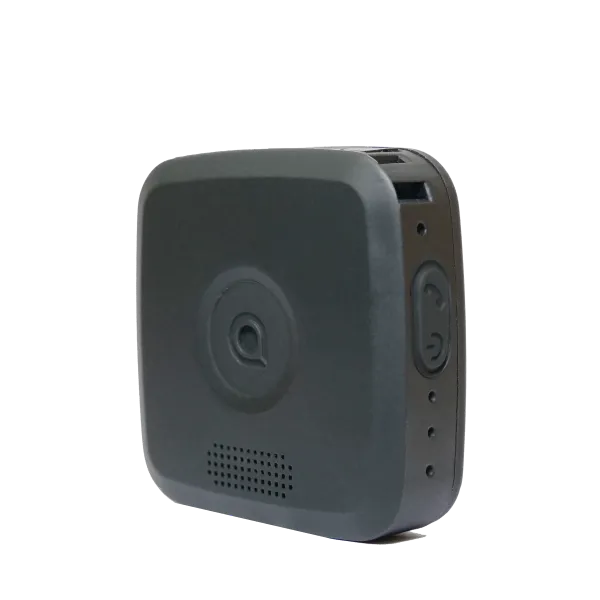Working from Home Policy: Health and Safety Checklist + Free Download
What should be included in your Homeworking Policy and what health and safety considerations should be incorporated?

Why You Need a Home Working Policy
The shift toward flexible and remote working—accelerated by the COVID-19 pandemic—has created lasting changes in how businesses operate. While many workers no longer commute to a shared office space, their health, safety, and wellbeing remain a legal and ethical responsibility for employers.
A clearly written Working from Home Policy helps your business meet its obligations while empowering employees to work productively and safely from home.
What is a Home Working Policy?
A Working from Home Policy outlines:
- Which roles are eligible for remote work
- Expectations around hours, equipment use, and productivity
- Security protocols for handling company data
- Health and safety responsibilities—yours and the employee's
Its aim is to ensure both business continuity and employee wellbeing, minimising risks while maintaining flexibility.
Key Inclusions for Your Home Working Policy
Here’s an overview of what should be included in a Working from Home Policy. But take a look at our detailed health and safety checklist underneath to ensure you protect your homeworkers from risk and ensure their wellbeing.
- Eligibility – What roles qualify for homeworking?
- Application process – How can employees request to work remotely?
- Working hours – Are they fixed or flexible?
- Equipment and support – What will the business provide?
- Data security – Guidance on protecting company information
- Expenses – What can be claimed back (e.g. internet)?
- Health and safety – How both parties will manage risk
Don’t forget to include a link to your organisation’s Lone Worker Policy and Health & Safety Policy for full compliance.
Health and Safety Considerations for Homeworking
Mental Health & Wellbeing
- Encourage separation of work and home life (designated workspace)
- Promote regular breaks and fresh air
- Establish expectations around out-of-hours communication
- Offer stress risk assessments and support for isolation or burnout
- Maintain regular check-ins between managers and staff
You might choose to work with each homeworker to create a Stress Risk Assessment, which you can download for free.
Lone Worker Safety & Emergency Planning
- Homeworkers are lone workers, often without direct supervision
- Have an up-to-date Lone Worker Risk Assessment in place
- Provide a clear procedure for emergencies and incident reporting
- Ensure access to monitoring tools or lone worker safety devices
IT, Equipment & Ergonomics
Ensuring your homeworkers have the correct IT equipment is vital to them being able to work effectively. However, it can also have an impact on health and wellbeing if it’s not being used correctly or it’s not working as it should. Think about:
- Ensure access to properly maintained laptops, screens, and accessories
- Offer guidance on screen placement, anti-glare, and blue light reduction
- Provide remote workstation assessments or video training
- Establish rules for PAT testing and personal equipment use
What this HSE video on YouTube here.
Home Office Setup
- Check for proper desk/chair heights to prevent strain or injury
- Ensure safe cable management to reduce trip hazards
- Confirm that the room has good lighting, ventilation, and heating
- Make sure smoke alarms and fire escape plans are in place
*Please note: This is meant as a guide – not an exhaustive list. Every organisation is different and will have different requirements.
Download: Free Home Worker Health & Safety Document
Our downloadable Health and Safety for Home Workers document helps department managers:
- Understand legal responsibilities
- Manage remote team safety effectively
- Adapt to the challenges of remote management
It includes a practical checklist to help you ensure all areas of your Working from Home Policy are covered.
Just enter your details below, and we’ll email it to you.
Want More Support?
SoloProtect offers lone worker safety solutions that help protect employees working remotely or in isolation. Our tools include personal safety devices, mobile apps, and 24/7 monitoring to provide peace of mind and meet your compliance goals.
Book a free demo, request a quote, or get answers to your questions:
- Book a Lone Worker Safety Demo →
- Get a No-obligation Quote →
- Contact Us →
- Call us: 0114 399 6000
Your message has been received and we will be in touch shortly.










.webp)
.webp)









